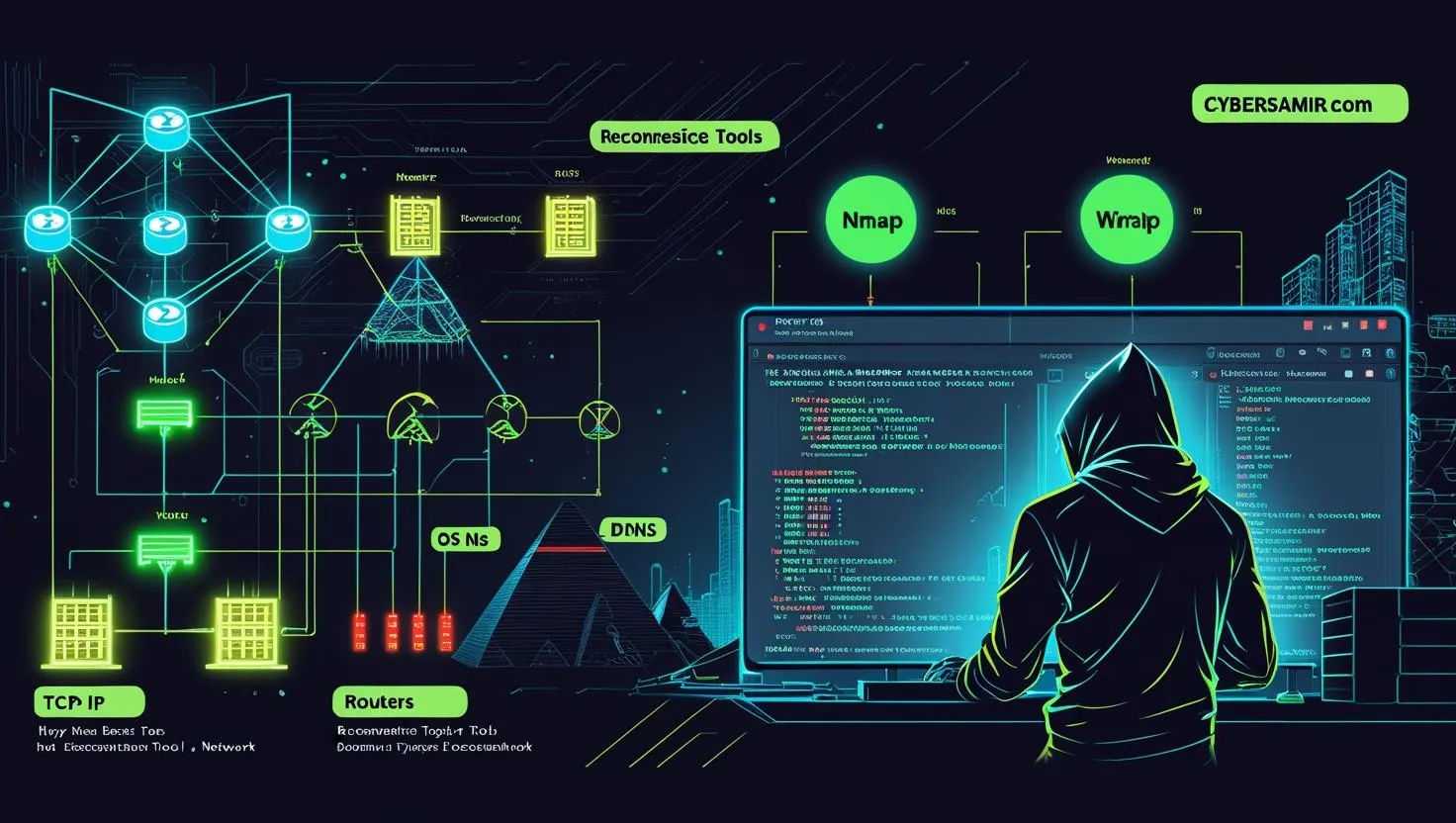Nepal’s Banking Cybersecurity: Is Your Money Really Safe?
An in-depth analysis of digital banking security in Nepal’s financial sector
Table of Contents
- Introduction: A Rapidly Digitalizing Banking Sector
- Nepal’s Cybersecurity Landscape
- Key Vulnerabilities in Nepal’s Banking Infrastructure
- Recent Cybersecurity Incidents in Nepali Banks
- Regulatory Framework and Compliance
- Comparison with International Standards
- How to Protect Your Financial Assets
- The Future of Banking Security in Nepal
- Conclusion: Is Your Money Safe?
Introduction: A Rapidly Digitalizing Banking Sector
Nepal’s banking sector has undergone a remarkable transformation over the past decade. From traditional brick-and-mortar operations, financial institutions have rapidly embraced digital technologies—mobile banking applications, digital wallets, QR-based payments, and internet banking services now form the backbone of Nepal’s modern banking ecosystem. The COVID-19 pandemic further accelerated this digital shift, with electronic transactions growing by an unprecedented 82% between 2020 and 2022 according to Nepal Rastra Bank (NRB) data.
However, this rapid digitalization brings with it profound security implications. As more financial transactions move online, the potential attack surface for cybercriminals expands dramatically. In a globally connected financial system, Nepali banks and their customers face sophisticated threats ranging from targeted phishing campaigns to coordinated attacks from international cybercriminal organizations.
Nepal’s Cybersecurity Landscape
Nepal exists in a complex cybersecurity environment characterized by rapidly evolving technologies, emerging digital threats, and institutional challenges. Understanding this landscape is crucial for contextualizing the security of your financial assets.
According to the Global Cybersecurity Index (GCI), Nepal ranked 94th globally in 2022—a modest improvement from its 106th position in 2018 but still indicating significant room for development. This ranking reflects persistent challenges in Nepal’s cybersecurity infrastructure, including limited technical capacity, inadequate security awareness, and gaps in the regulatory framework.
- Only 35% of Nepali banks have implemented advanced cybersecurity measures as of 2024.
- Cyberattacks on financial institutions in Nepal increased by 47% between 2021 and 2023.
- Approximately 60% of Nepali internet users lack basic cybersecurity awareness.
- The average cost of a data breach in Nepal’s banking sector is estimated at $1.2 million per incident.
Despite these challenges, there have been notable advancements. The Nepal Rastra Bank (NRB) has introduced several cybersecurity guidelines, and banks are increasingly investing in security infrastructure. However, the pace of technological adoption often outstrips the development of robust security frameworks, leaving vulnerabilities that cybercriminals can exploit.
Key Vulnerabilities in Nepal’s Banking Infrastructure
Several critical vulnerabilities persist in Nepal’s banking sector, which could potentially compromise the security of your financial assets:
- Outdated Systems: Many banks still rely on legacy systems that are not equipped to handle modern cyber threats.
- Insufficient Employee Training: A significant number of banking staff lack adequate cybersecurity training, making them susceptible to social engineering attacks.
- Weak Authentication Mechanisms: Some banks still use single-factor authentication, which is easily bypassed by attackers.
- Inadequate Incident Response: Many institutions lack a comprehensive incident response plan, delaying their reaction to security breaches.
- Third-Party Risks: The increasing reliance on third-party vendors introduces additional vulnerabilities into the banking ecosystem.
Recent Cybersecurity Incidents in Nepali Banks
Several high-profile cybersecurity incidents have highlighted the vulnerabilities in Nepal’s banking sector:
| Date | Incident | Impact |
|---|---|---|
| January 2023 | Phishing attack on a major commercial bank | Compromised customer data of over 10,000 users |
| June 2023 | Ransomware attack on a regional development bank | Bank operations halted for 3 days |
| September 2023 | Insider threat at a digital payment provider | Unauthorized transactions totaling $500,000 |
These incidents underscore the urgent need for enhanced cybersecurity measures across the banking sector.
Regulatory Framework and Compliance
The Nepal Rastra Bank (NRB) has established several regulations to strengthen cybersecurity in the banking sector:
- Cybersecurity Guidelines 2022: Mandates the implementation of advanced security measures, including multi-factor authentication and encryption.
- Electronic Transaction Act: Provides a legal framework for electronic transactions and cybersecurity.
- Data Protection Regulations: Requires banks to protect customer data and report breaches within 72 hours.
Comparison with International Standards
When compared to international standards, Nepal’s banking cybersecurity measures lag behind:
| Aspect | Nepal | International Standards |
|---|---|---|
| Encryption Standards | Basic | Advanced (AES-256) |
| Incident Response Time | 72 hours | 24 hours |
| Employee Training | Limited | Comprehensive |
How to Protect Your Financial Assets
While banks are responsible for securing their systems, customers must also take proactive steps to protect their financial assets:
- Use Strong Passwords: Create complex passwords and change them regularly.
- Enable Multi-Factor Authentication (MFA): Add an extra layer of security to your accounts.
- Monitor Your Accounts: Regularly check your bank statements for unauthorized transactions.
- Avoid Public Wi-Fi: Do not access your bank accounts over unsecured networks.
- Stay Informed: Keep up-to-date with the latest cybersecurity threats and best practices.
The Future of Banking Security in Nepal
The future of banking security in Nepal depends on several factors:
- Increased Investment in Cybersecurity: Banks must allocate more resources to secure their systems.
- Enhanced Regulatory Oversight: The NRB needs to enforce stricter compliance with cybersecurity guidelines.
- Public Awareness Campaigns: Educating the public about cybersecurity risks is crucial.
- Collaboration with International Experts: Partnering with global cybersecurity firms can help Nepali banks adopt best practices.
Conclusion: Is Your Money Safe?
While Nepal’s banking sector has made significant strides in digital transformation, cybersecurity remains a critical concern. The combination of outdated systems, insufficient training, and evolving cyber threats poses a moderate risk to your financial assets. However, by implementing personal security measures and staying informed about institutional safeguards, you can significantly enhance the protection of your money. The future of banking security in Nepal looks promising, but continued vigilance and proactive measures are essential to ensure the safety of your financial assets.
Discover more from Cyber Samir
Subscribe to get the latest posts sent to your email.





